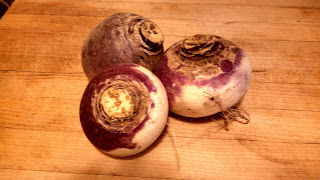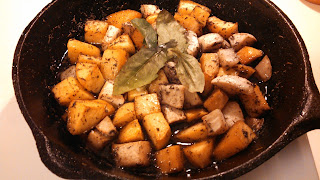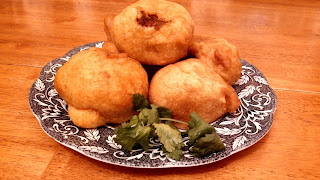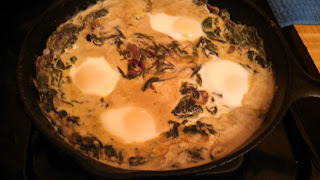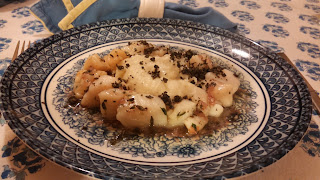One of the easiest ways to prepare meat and is by braising. But some of my acquaintances complain that they can’t get it right. For the record, according to Funk & Wagnalls Standard Desk Dictionary (I love that name “Funk & Wagnalls”) denotes braising as: “To cook (meat) by searing till brown and then simmering in a covered pan.” That’s it. The only caveat I would add is that you can also cook poultry the same way. It’s fairly quick and easy. And, if done right, will render a juicy cut of meat.
The other thing to remember about braising is that the cooking time varies with regard to size and shape of meat, its quality, it’s lean or fat composition, and the extent the meat has been marinated, if any. Lastly, it goes without saying that frozen meat or poultry should be thawed before cooking. That being said, follow the steps given below and you shouldn’t have any problems.
In the recipe given I use pork chops. But it can apply to steaks, lamb chops, fish steaks, spareribs, ham, chicken cutlets, turkey sections, duck pieces—whatever your heart desires. Also, I prepared the meat Nuyorican style. That is, I employ a mortar and pestle to grind fresh the ingredients, and then rub the seasoning into the chops.Finally, we dredge the meat in flour before cooking. If you want, you can skip the flour, season the meat with salt and pepper and cook in olive oil and/or butter. Your choice.
BRAISED PORK CHOPS
8 lean pork chops, 1/2-thick (about 1 1/2 pounds)
12 whole black peppercorns
2 cloves garlic, peeled
1 tablespoon fresh oregano or 1 teaspoon dried
1 teaspoon salt
1 cup flour (I prefer barley flour)
3 tablespoons olive oil
1/2 cup chicken broth
1. Rinse chops under cold running water and pat dry with paper towels.
2. In a mortar, crush peppercorns, garlic, oregano and salt.
3. Place chops between two sheets of plastic wrap and pound lightly with a mallet.
4. Rub seasoning into pork chops.
5. Place flour in a plate, and dredge chops with flour on both sides.
6. Heat oil in a large skillet or frying pan and cook over medium heat until golden brown (about 3-4 minutes per side).
7. Add chicken broth. Cover pan tightly and cook until vapor begins to escape. Reduce heat to low and simmer, covered, until meat is tender (about 5 minutes). Remove meat and drain on absorbent paper towels. If desired, you can make a gravy by whisking in more flour to the pan, and stirring over medium heat until browned. Gradually stir in milk (making sure no lumps form). Continue cooking until thickened. If gravy becomes too thick you can thin it with a little more milk.
Yield: 4 or more servings.






